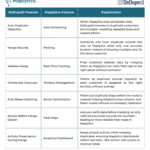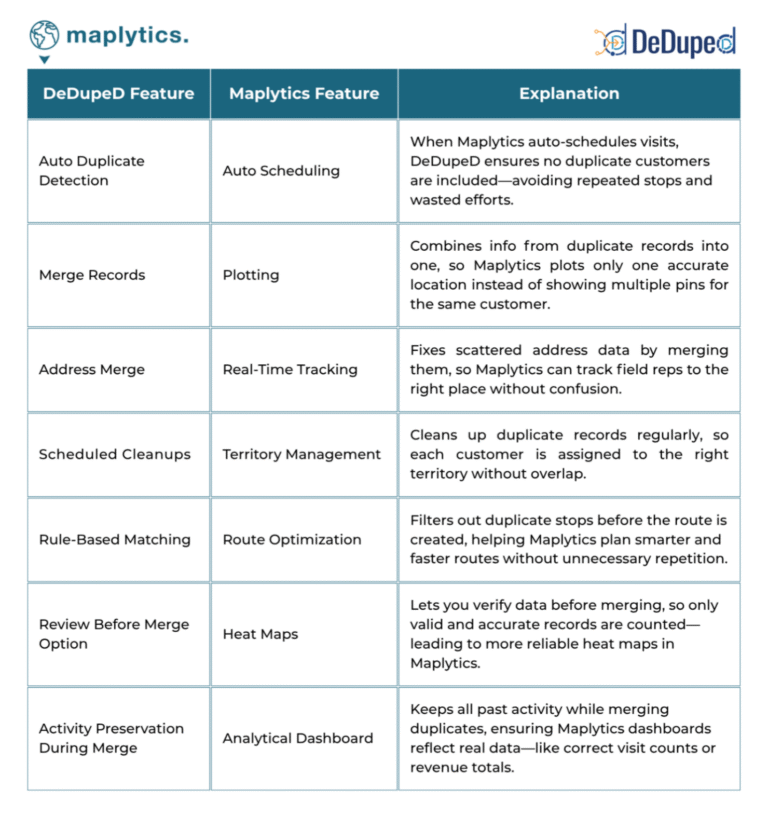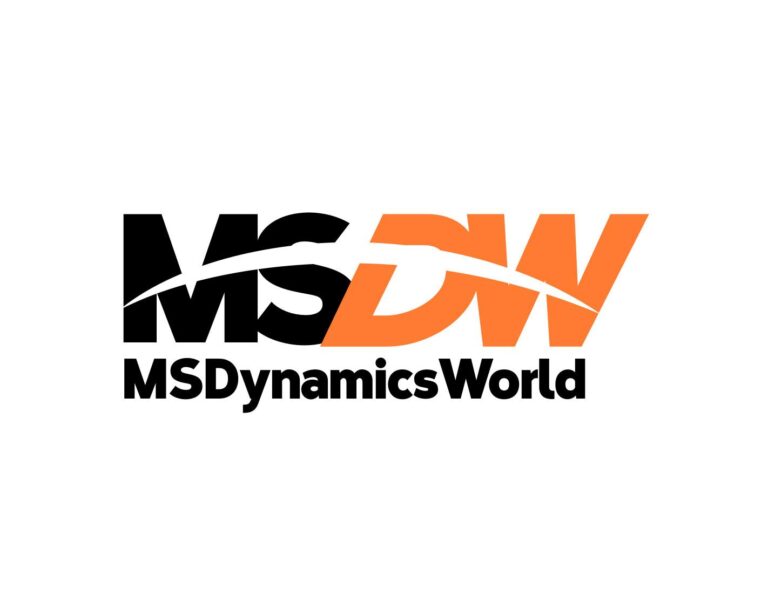In today’s digital world, there’s such a great opportunity to showcase the skills, experience, and projects you’re working on or have completed. It’s important to showcase that journey as you step into the Salesforce industry and continue to advance. This can be done through a portfolio.
There are so many benefits to creating a portfolio, and in this article, we hope to inspire you to start creating yours, and document your journey to inspire and motivate other Trailblazers. Let’s start building a portfolio together through Salesforce’s Experience Cloud to help build your story.
The Reasons Behind a Portfolio
Before we start, let’s talk about the reasons for building a portfolio. A portfolio provides a platform to highlight your best work. It’s your site, a canvas to work with, and it’s your chance to share it with the world. You make the decision on how you want to architect, design, and create your page to tell your story. Along with the technical skills you’ll pick up on the way, you get to build your personal brand and soft skills, as well as showcase a high level of professionalism and further understanding of the Salesforce platform’s capabilities.
A portfolio doesn’t limit your ability to showcase your experience and hands-on ability. By building a website you show that you invested the time, attention, and detail to showcase your skills and knowledge. Many times a portfolio won’t just showcase Salesforce experience, it also presents evidence of relevant skills, abilities, and potential. Think of it as a way to show and tell.
What Recruiters Are Looking For
I put out a question on LinkedIn asking if hiring managers and recruiters view portfolios, and the majority of the answers discussed how beneficial it is for both parties. Many also answered that when it comes to portfolios, clarity and detail are two of the most important factors for recruiters and hiring managers alike. Others said that a portfolio doesn’t just show their technical achievements, but it also gives an insight into their overall professional and personal journey, their motivations, interests, and so forth. Basically, recruiters and hiring managers are eager to see them!

Try referencing your portfolio on your LinkedIn profile or within your resume, and be sure to hyperlink it for easy and direct access for the reader.
By demonstrating an understanding of what you did and what it accomplished, and then taking ownership to measure/quantify the effort, you are showing qualities that make candidates stand out from the rest.
Build on Experience Cloud
We have created an introductory Experience Cloud site to help guide you to set up the ‘backbone’ of your site. We will walk through the important sections to include and give you ideas on sections you can add into your profile as you start creating. Let’s talk about the initial appearance and design so your reader will feel intrigued to find out more, not overwhelmed by the content.
Design: The First Impression
The design and aesthetics of your portfolio are important; you want to ensure your audience can navigate the platform without feeling overwhelmed.
Think about it this way: you have a few seconds to capture their attention, so by building a site that takes the individual to what they want to see is very important. You want to create a call to action: how can they learn more? Where can you be reached? How can they take the next step and dig deeper into your work?
These are all questions you should ask yourself when designing your portfolio. That’s why the overall theme is important; if you like the color blue, pick colors that complement it and continue that same pattern throughout your portfolio. Every page, icon, picture, and blurb of text should also complement each other.
Lastly, focus on not adding too much decoration or images, and not lumping your material together. It’s better to have space so a viewer isn’t overwhelmed.
All right Trailblazer, now that you have learned about best design practices, let’s start building your portfolio!
Let’s Build
Having a good visual structure to your portfolio is important, as well as showcasing your experience. That’s mainly what people will build inspiration from: your own creativity. Let’s build the basics of what your portfolio needs so we can tell the readers your story. We’ll be looking at two examples to help us with this.
Structuring Your Portfolio
Note: For this section, I am going to be showcasing Nick Maio’s outstanding portfolio, as he will be a great example to follow and help you on your creative journey. You can follow along with the demo below.
Homepage
This is one of the most important pages. This is where most people will enter, and they will stay whilst they navigate the rest of the site, so you’ve got to make first impressions count. Think about it; you wouldn’t sit through a boring commercial, right? So focus on not giving that same experience. You want to give them something different, relatable, and inspirational.

There are two ways you can create your homepage, and each approach will give the viewer a great overall user experience.
First, focus on understanding; once someone arrives on your page, do they have the resources and tools they need to comprehend the information you are putting before them? The second point to focus on is this; once you get their attention and they go to click an area to find out more, they should be able to navigate easily through your site and back to the homepage, if needed.
Here you can list out if you are Salesforce certified or have accomplished a related certification (such as a Slack certification). This is a great opportunity to showcase your learning achievements.
About Me Section
You can either put this section in the ‘Homepage’ as a brief overview, with around 2-4 sentences on who you are, or create a visual mind map journey like Nick’s. It’s important you include a background which showcases your qualifications, experience, and professional achievements. You can also take this time to add in a quick link to your resume.
It’s important you do not overload your viewer, as whilst they like reading about you, this is your chance to visually tell a story about your bigger journey and get them excited to learn more.

Projects
As the most important section of your portfolio, this is the ‘bread and butter’. It’s the opportunity to show your ideas, bring them to life, and walk your viewer through a journey and a story. Include projects you have completed or are currently working on. I know it’s tempting to include everything, but try to explain just enough so that a reader understands your projects, your design, your impact, and the outcomes of the project.

Contact Me
Now that you’ve shown the viewer your strengths and knowledge, they will be intrigued to learn more about you. You can do this through something called a ‘call to action’, and it’s a great opportunity to add to your email, Trailhead profile, resume, or social media platforms so readers can continue following your journey and possibly reach out to you. It’s important to keep this area as straightforward as possible.
Possible Extras
You can add a number of other sections to your portfolio too, especially if they offer the reader an opportunity to learn more about you. You can add the following as a separate tab if you choose. Below we have mentioned some of the following ideas:
- Publications: You can list out any you’ve published, and this should be related to the tech industry.
- Community Involvement: Are you doing any work in your community that’s making an impact on others? Are you teaching or leading community groups? If you are, this is a great opportunity to showcase your leadership skills and your knowledge, as well as how you give back to the community. A great idea is to try to add some pictures and visuals to tell your story – this really resonates with people.
- Social Engagement: Are you active on social media platforms? Perhaps you use these platforms to influence or teach others. This is a great space to showcase that!
The “Make Sure Not To” Part
There are some things you should be aware of when creating a portfolio, including things you should not include. Let’s break it down:
- Do not have an overly complex or distracting layout (pictures, popups, strong colors).
- Double check for grammatical and spelling errors.
- Ensure your user experience is enjoyable and that it contains a call to action.
- Ensure you display both quality and a good quantity of content.
Great Portfolio Examples
Nick Maio

We wanted to highlight Nick as he has created a great resource for transitioning military members into Salesforce; his portfolio is a one-stop shop with helpful resources that are both free and paid. He’s incorporated a flow to bring people through their journey depending on their separation date from the military. Depending on their answer, they’ll be presented with different resources to check out such as financial support, fellowship options, and certification options. It offers an engaging, sharable, and interactive tour for those visiting his portfolio. Check it out below.
Nick Maio Portfolio: Military Transition Guide (site.com)
Amos Go

Another great example is Amos Go. Amos made the leap into the tech industry, and he knew that in order to find a job, he had to stand out from the crowd. He did this by getting hands-on experience, which resulted in creating a portfolio with all his projects showcasing his coding and architecture background. He has two terrific projects, one of our favorites is his ‘Kips for Kids’, which provides kid-safe movies for those under 13. The best way many of us learn is by hands-on experience, so tune in and get some ideas and inspiration for your project!
Amos Go’s Portfolio: Home (site.com)
Summary
Are you ready to get creative? Remember, the goal is to not overwhelm your viewer and direct them to the content you wish to showcase about yourself. This is an opportunity to show the reader your technical ability, creative mind, future goals, and most importantly, it’s a way for them to connect with you.
Give your brain the opportunity to untangle and sort through ideas, and inspiration to create meaning and impact. Let your viewer leave wanting to learn more about you or feeling inspired.
We hope that this provides you direction to creating your portfolio. Follow these tips to create your backbone, then create your portfolio and separate yourself from what others are doing. Be prepared to talk about the ‘why’, outcomes of your projects, and architectural creation journey. Use your portfolio as a way to tell a story and showcase your soft skills, but most importantly, to show the powerful you. Happy creating!











